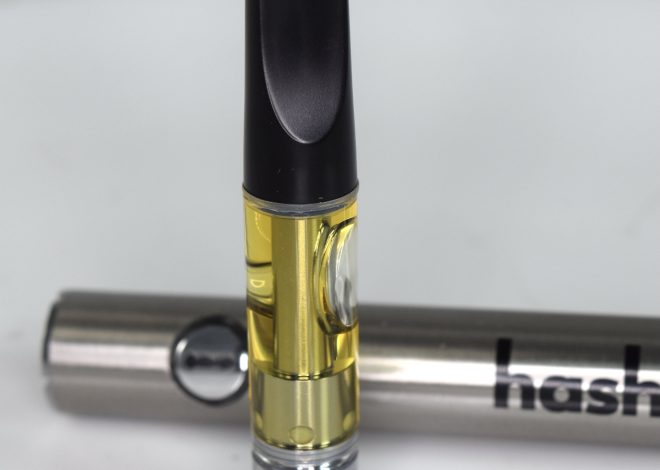
Climber: Newly planted guidelines
Diversity is the soul of wit, but it’s also what keeps your garden intact! If you have a variety of plants and flowers growing together, the garden will look even more beautiful. Designers sometimes think that adding different crops will make the garden extra difficult to control. If you choose the right plants to grow, they can easily fit into your current schedule with the help of www.gardenbeauty.co.uk. So, if you haven’t considered growing creepers and climbers yet, now would be the time. They will result in the growth and diversification of your farm’s ecosphere. Contrary to popular belief, they are not the plants that grow uncontrollably and end up in awkward places. They have a distinct and endearing sense of charm.
Now, here are some thoughts for broadening your creeper and climber collections.

Going to plant a climber is comparable to trying to plant someone else’s plant, although there are multiple important differences. To begin, keep in mind that climbers frequently have to deal with poor soil at the base of border fences, as well as crowded origins and scarcity of water—planting near a wall or fence could indeed start creating a “monsoon silhouette,” which means that rain somehow doesn’t reach this same root system. With this guide from www.gardenbeauty.co.uk, make sure the soil is well prepared and plant the climber at least 30cm away from the building of its support beam – anywhere between 30cm and 45cm is excellent.
To begin with, keep in mind that climbers and creepers grow vertically, so they don’t require a lot of space to thrive. In fact, they are ideal for growing on surfaces that you believe should be hidden, such as walls or fences in a home garden. Also, if you want these plants to reach their full potential, give them plenty of support when they’re growing. You can make your own wire mesh support (it’s not difficult) to give your new plants the finest quality initiation.



